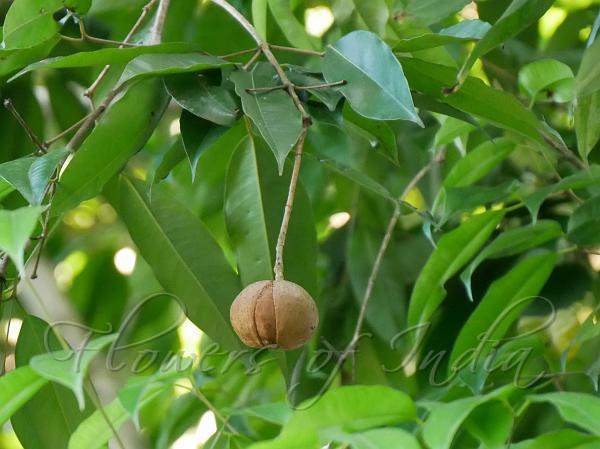|
| Assam Ironwood |
|

|

| File size | 655033 |
| Original date | 1/3/24 3:01 PM |
| Resolution | 4592 x 3448 |
| Flash | Flash did not fire, auto |
| Focal length | 140.0mm |
| Exposure time | 1/160s |
| Aperture | 5.6 |
| Focus Distance | |
| Metering Mode | Multi-segment |
| Camera make | Panasonic |
| Camera model | DMC-G85 |
| Sensor type | OneChipColorArea |
|
|
|
|
Photo: |
Botanical name: Kayea assamica Family: Calophyllaceae (Beautyleaf family)
Synonyms: Mesua assamica, Vatica imbricata
Synonyms: Mesua assamica, Vatica imbricata
Assam Ironwood is a tall evergreen tree, 25 m tall.
Trunk is straight, cylindrical, about 12 x 2-2.5 m, handsome, slow
growing, hairless; wood light red to reddish-brown, somewhat lustrous,
hard and heavy; bark grey or brownish-grey, light, often exfoliating in
large square flakes; branchlets greenish-yellow, round. Leaves are
simple, opposite; leaf-stalks about 2 cm long, slender; blade about
7.5-17 x 4-5.5 cm, wedge-shaped at base, shortly tapering at tip, often
finely mucronulate, more or less shiny above, dull beneath, firmly
leathery; secondary nerves 15-30 pairs, forming an uneven marginal
nerve. Flowers are borne in leaf-axils or at branch-ends, in fascicled
panicles with short, hairless, bracteate, slender, decussate branches.
Flower buds are about 2 mm in diameter, globular or spherical. Flowers
are small, about 7-8 mm across, white, bracts and bracteoles opposite,
small, falling off; flower-stalks about 5-7 mm long, slender, elongated
and thickened in fruit; sepals 4 in 2 pairs, overlapping; outer pair
about 5 mm long, round or nearly round, inner spoon-shaped, accrescent
in fruit. Petals are 4, nearly round, about 4 mm long, white, thin;
stamens numerous, longer than sepals; filaments free, capillary;
anthers spherical; ovary unilocular, ovules 4, erect; style slender;
stigma 4-fid. Fruit is about 2.5 x 4.5-6.5 cm, depressed spherical,
corky outside, latex yellowish-brown. Seeds are about 2.5-3.2 cm in
diameter, reddish-brown, usually solitary, spherical but very
depressed, smooth. Wood is a good timber, hard and durable, used in
rafters, building beams and other construction work. Fruits used in
fish poisoning. Assam Ironwood is native to NE India, Malaya, Myanmar.
| Identification credit: Rupantar Gogoi | Photographed in Dullung R.F., Lakhimpur District, Assam. |
• Is this flower misidentified? If yes,